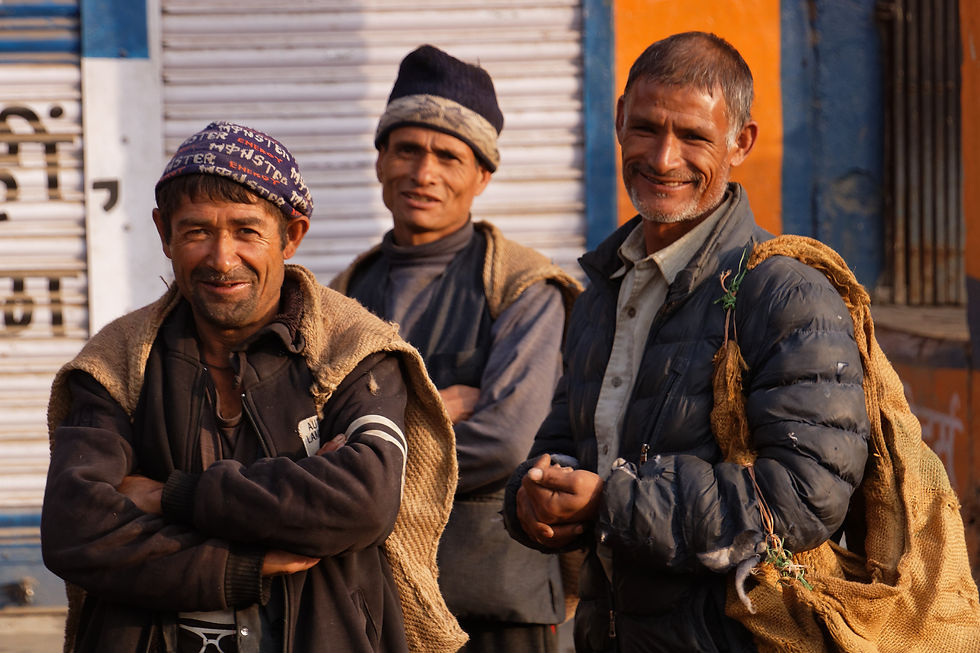CARD SETS
Sets of four cards (4¼ x 5½ inches).
Glossy finish, blank inside.
Includes four white envelopes.
set of 4 different cards = $15
New Mexico Landscape: FOUR-CARD SET
One of each design is shown: two from my Bisti Wilderness and two from my White Sands series.
CARD SETS
Sets of four cards (4¼ x 5½ inches).
Glossy finish, blank inside.
Includes four white envelopes.
set of 4 different cards = $15
New Mexico Landscape: FOUR-CARD SET
One of each design is shown: two from my Bisti Wilderness and two from my White Sands series.
40 years on 4 continents
Himalayan hill people
Portraits of hill people in Uttarakhand, the Indian state immediately west of Nepal, and especially from the towns of Mussoorie, Ranikhet, and Champawat.
To order prints, go to Shop/Contact.

Uttarakhand, India: 2018

Uttarakhand, India: 2018

Uttarakhand, India: 2018

Uttarakhand, India: 2018

Uttarakhand, India: 2018

Uttarakhand, India: 2018

Uttarakhand, India: 2018

Uttarakhand, India: 2018

Uttarakhand, India: 2018

Uttarakhand, India: 2018

Uttarakhand, India: 2018

Uttarakhand, India: 2018

Uttarakhand, India: 2018

Uttarakhand, India: 2018

Uttarakhand, India: 2018

Uttarakhand, India: 2018

Uttarakhand, India: 2018

Uttarakhand, India: 2018











